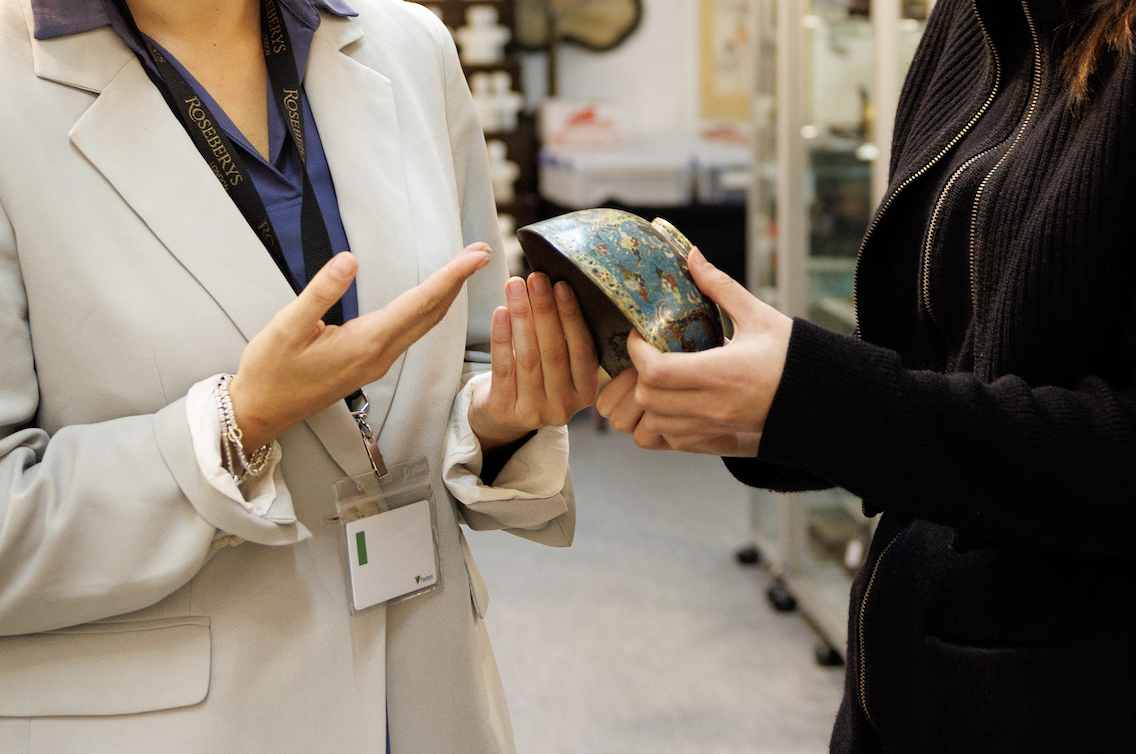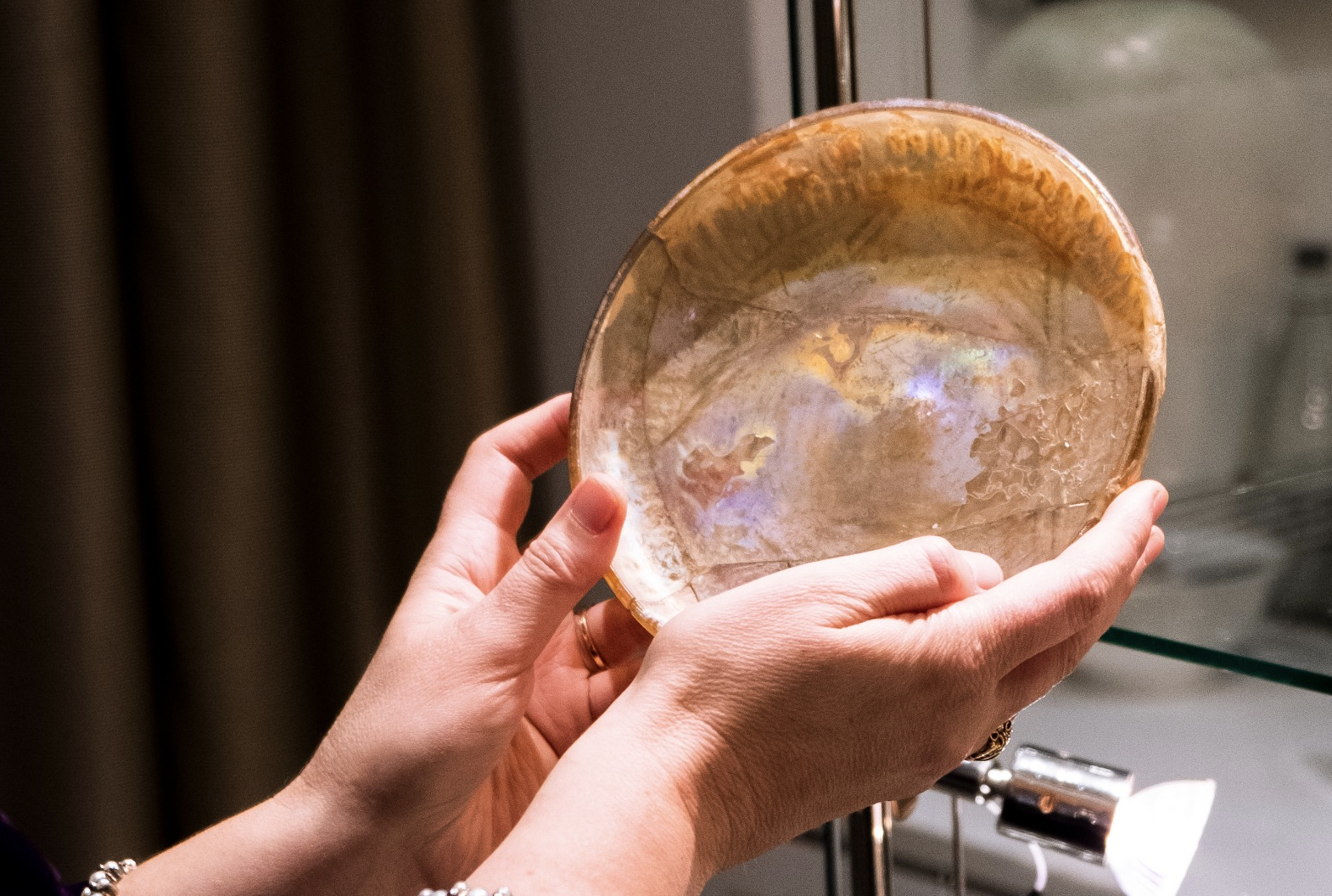In another instance, a small Chinese porcelain bowl bought for £1 in a charity shop was later revealed to be a rare 18th-century artifact from the Qing Dynasty. The bowl was subsequently sold for £2.5 million at auction. Such instances highlight the importance of obtaining accurate valuations to ensure that the true value of art pieces is reflected in estate valuations for IHT purposes.
Avoiding Costly Mistakes: Why Art Collectors Need Expert Appraisals for IHT Purposes?
Published On: 05/06/2023
In another instance, a small Chinese porcelain bowl bought for £1 in a charity shop was later revealed to be a rare 18th-century artifact from the Qing Dynasty. The bowl was subsequently sold for £2.5 million at auction. Such instances highlight the importance of obtaining accurate valuations to ensure that the true value of art pieces is reflected in estate valuations for IHT purposes.
Articles
 Newsletter Signup
Newsletter Signup
 Keyword Alerts
Keyword Alerts
Would you like to receive personalised keyword alerts when new catalogues go live. If so, please indicate these below
Set a password to save your keyword alerts
Passwords are a minimum of 7 characters and must include an upper case letter, a lower case letter, a number and a special character (e.g., !@#$%^&*).






